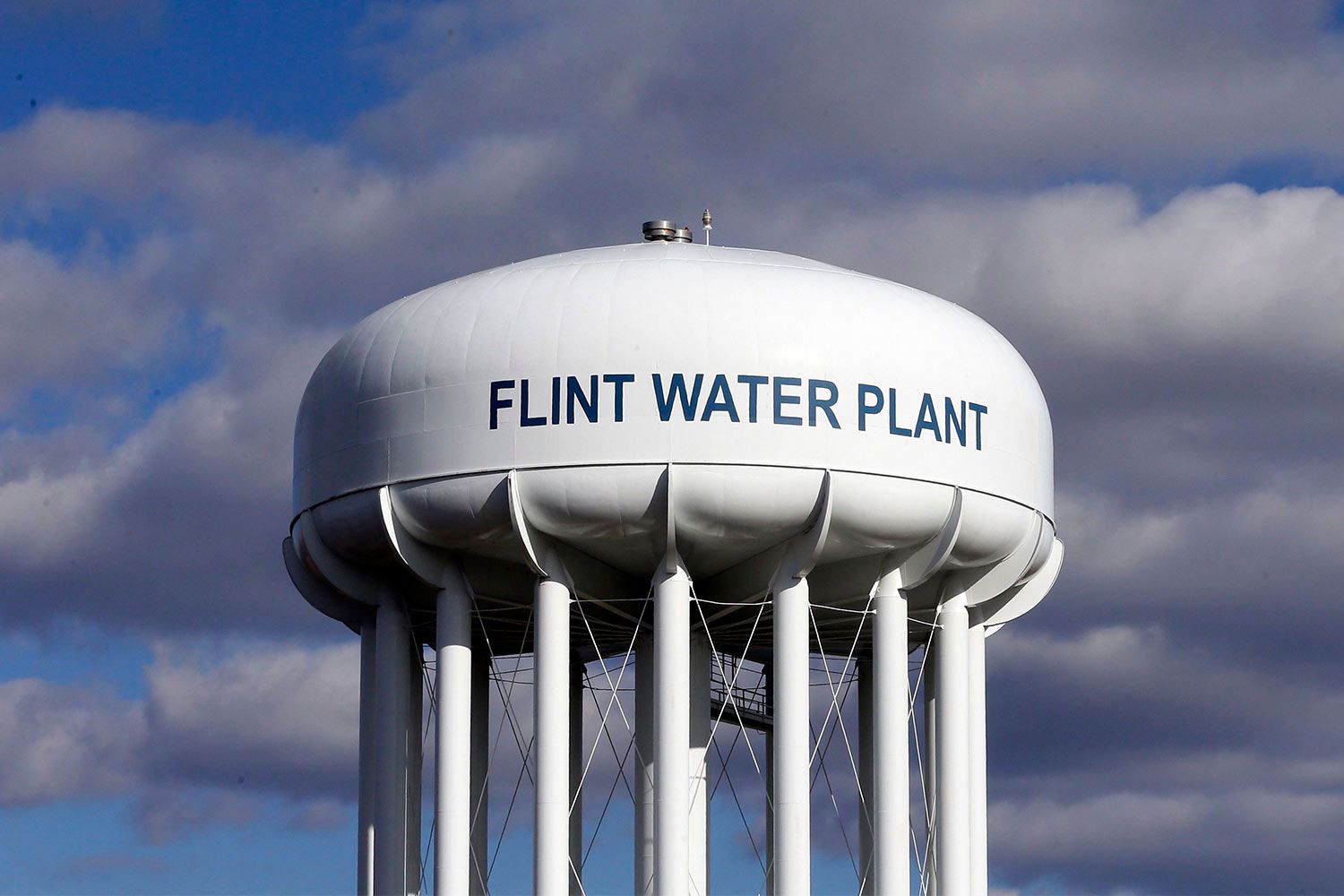The crisis first began in 2014 after Flint's water supply was switched from the Detroit Water and Sewerage Department's water to water from the Flint River, PEOPLE reported in 2016.
At the time, residents grew concerned when they started experiencing health issues, including fluctuating blood pressure, achy muscles, rashes and thinning hair, and also noticed a strange color and scent of the water coming out of their faucets. Tests ordered in August of that year revealed E. coli was in Flint's water, and parts of the city were ordered to boil the water before drinking it.
For over a year, elected officials denied that the city’s water was also contaminated with lead, but they finally admitted that the water wasn’t safe in September 2015.
That same month, a study released by doctors at the Hurley Medical Center in Flint found that the proportion of children and infants with above-average levels of lead in their blood had nearly doubled since the city began using the Flint River as its water source.
Flint resumed using the Detroit water system as its main water source by late October, but at that point, thousands of the city’s children had already been exposed. By December, Michigan had declared a state of emergency.
According to the Detroit Free Press, the water sourced from the Flint River reportedly had high levels of lead as it is more corrosive than other water sources and therefore drew toxic metal out of the city’s water pipes.
In the years since, city and state officials have been working to help the Flint residents, many of whom still opt to use bottled water for cooking, drinking and bathing as a precaution, the New York Times reported.
Last week, Mayor Sheldon Neeley announced that the project to replace lead service lines — initially planned to be completed by January 2020 but forced to pause amid the coronavirus pandemic — was in its final phase with less than 2,500 Flint homes still awaiting line replacement, according to the Times.
Those who were living in Flint between 2014 and 2016 may be eligible for a claim in the settlement, and the victims will start receiving their payments in spring 2021, the Times reported.
- Reporting by LAURA BARCELLA and SAM GILLETTE
Source: Read Full Article



